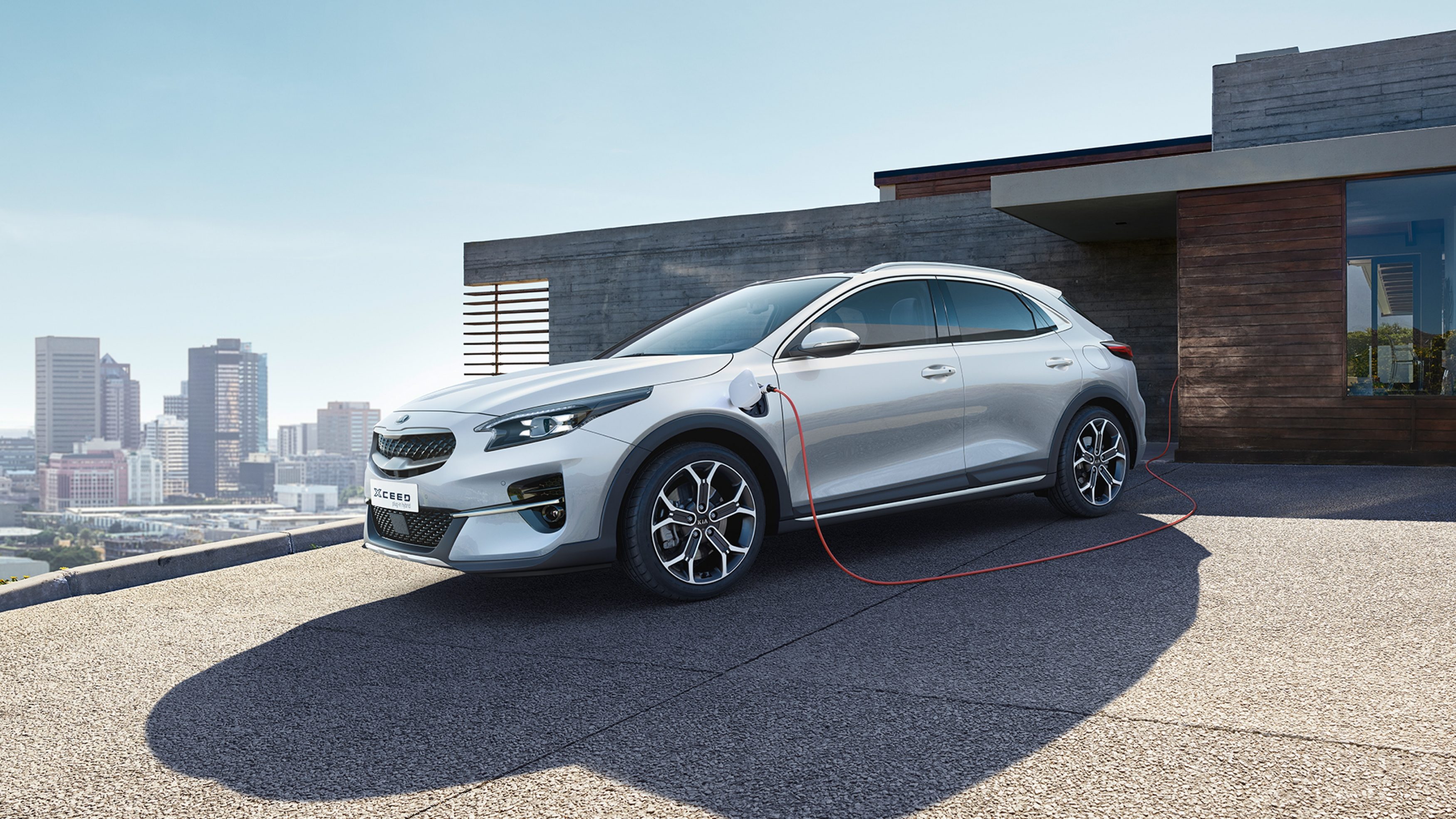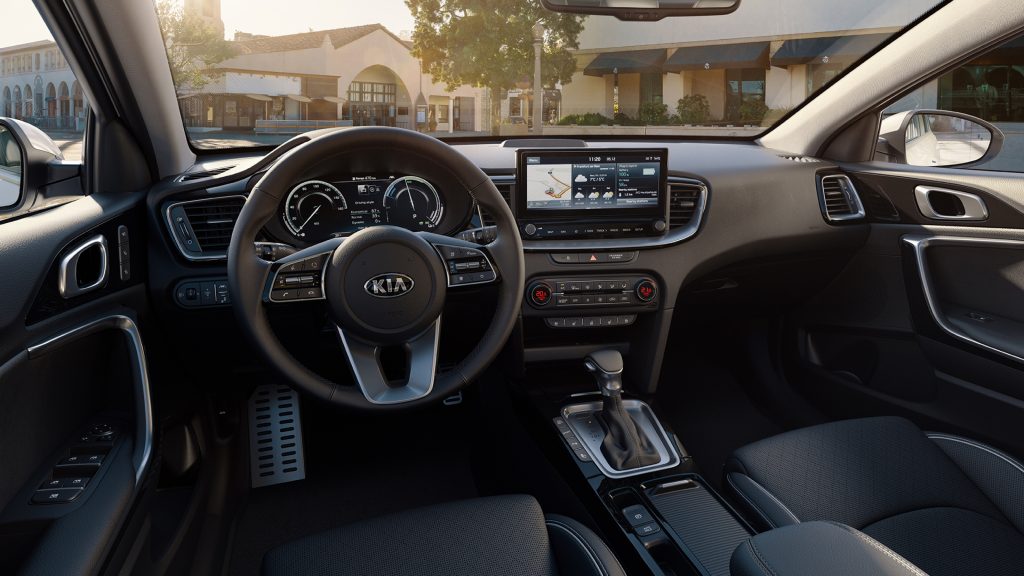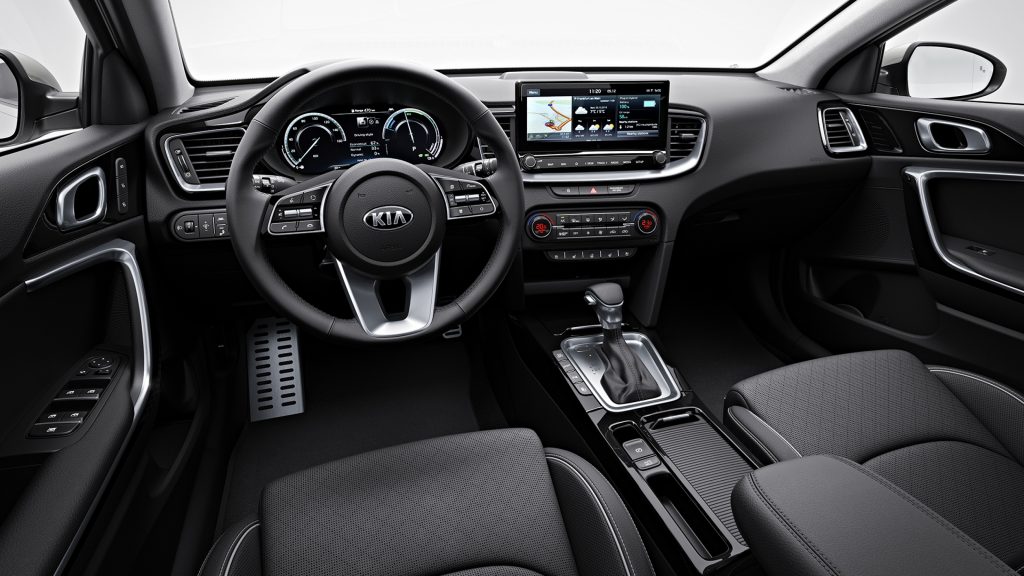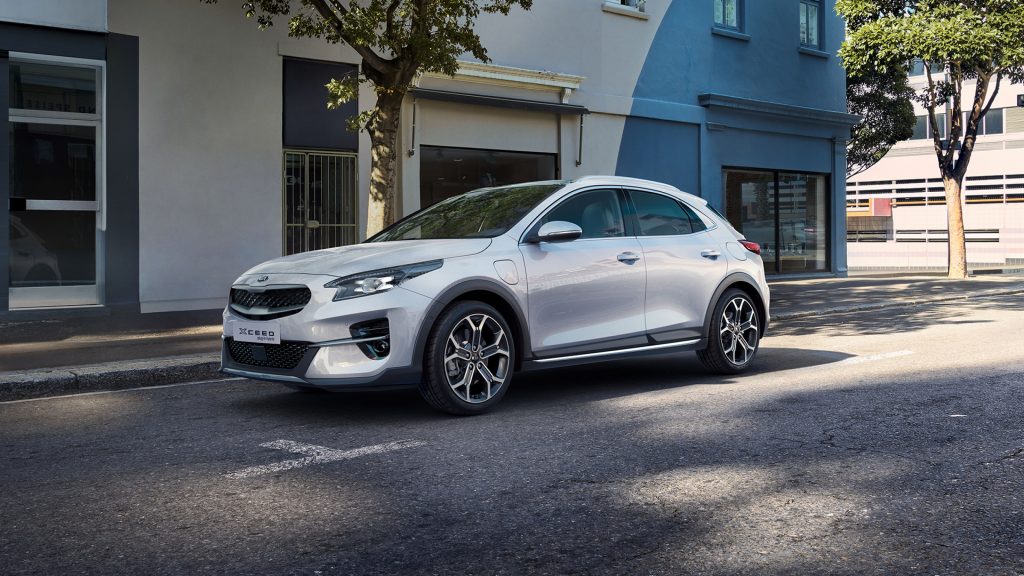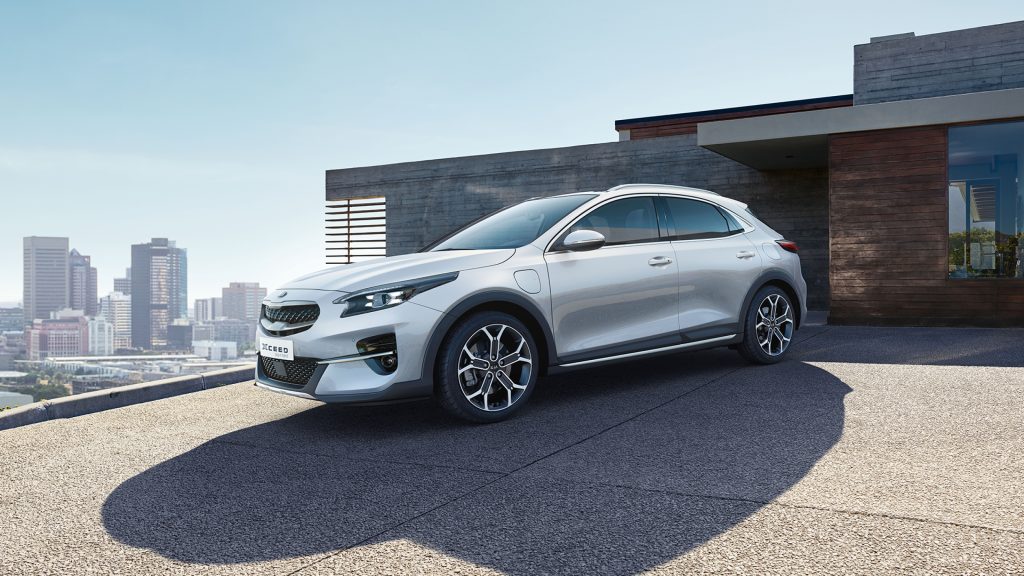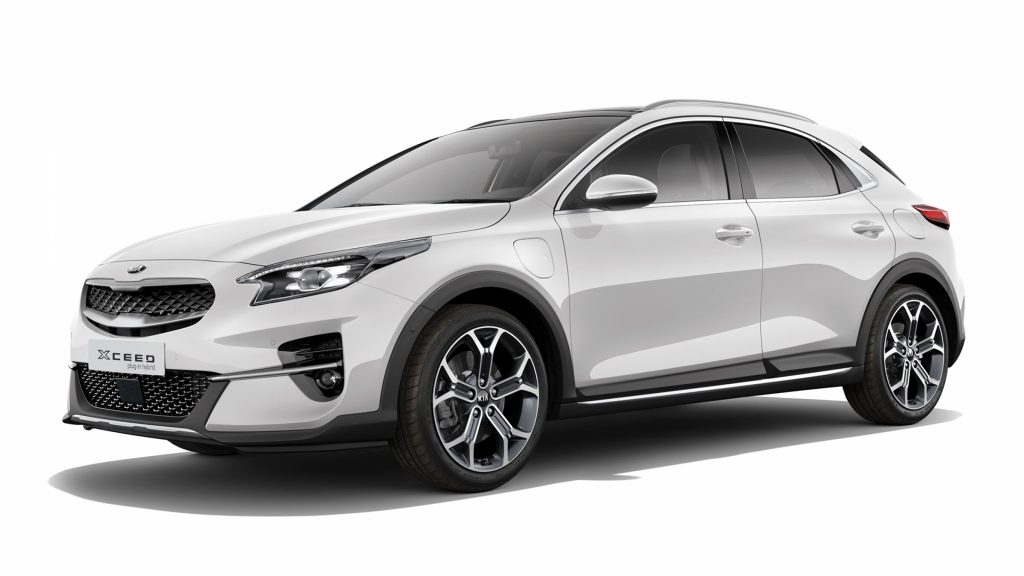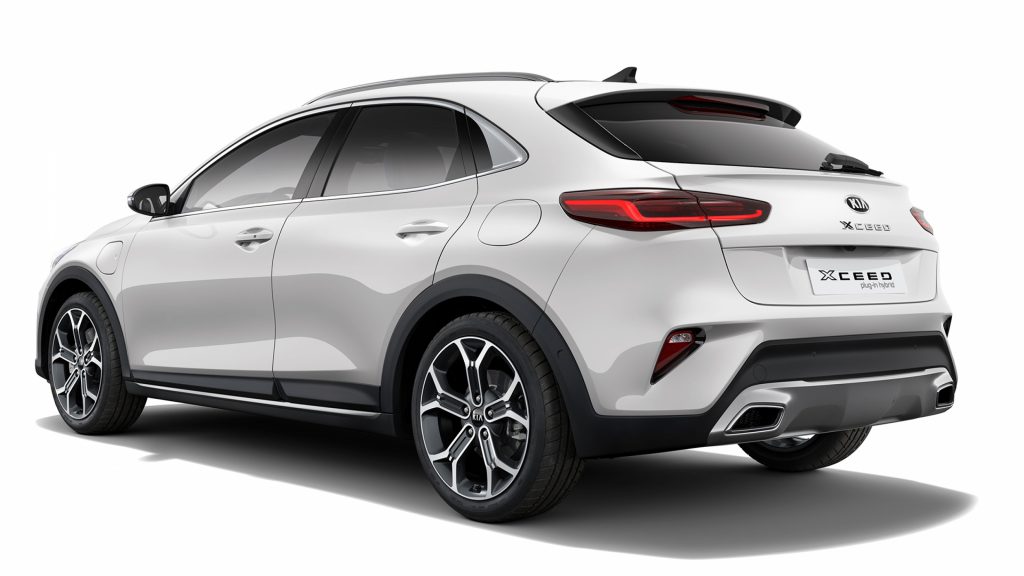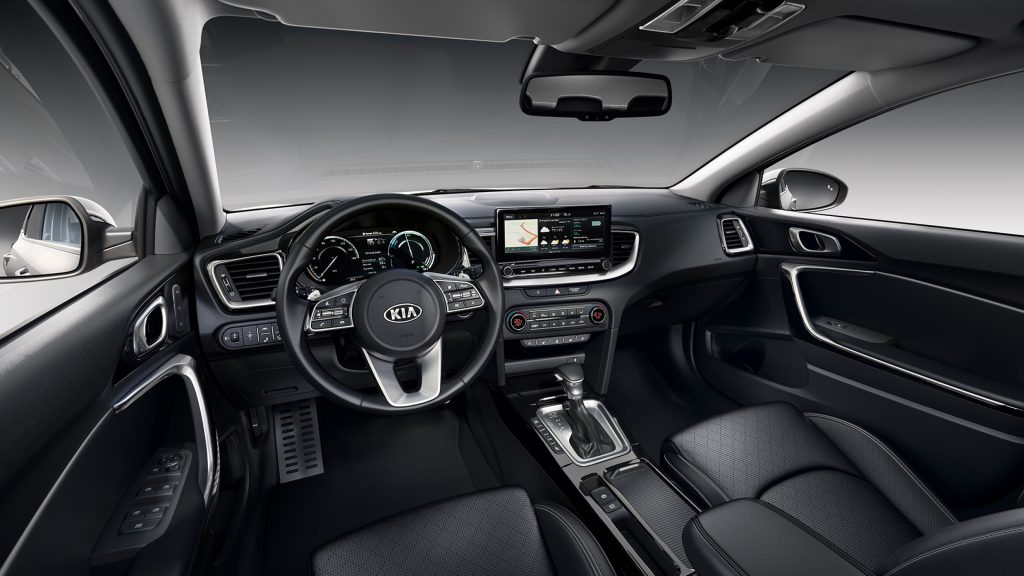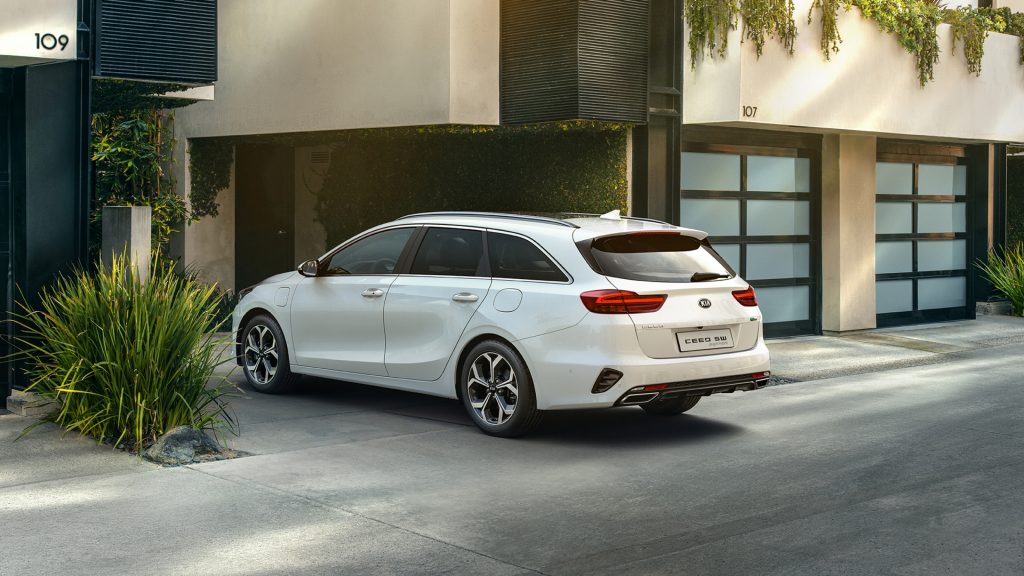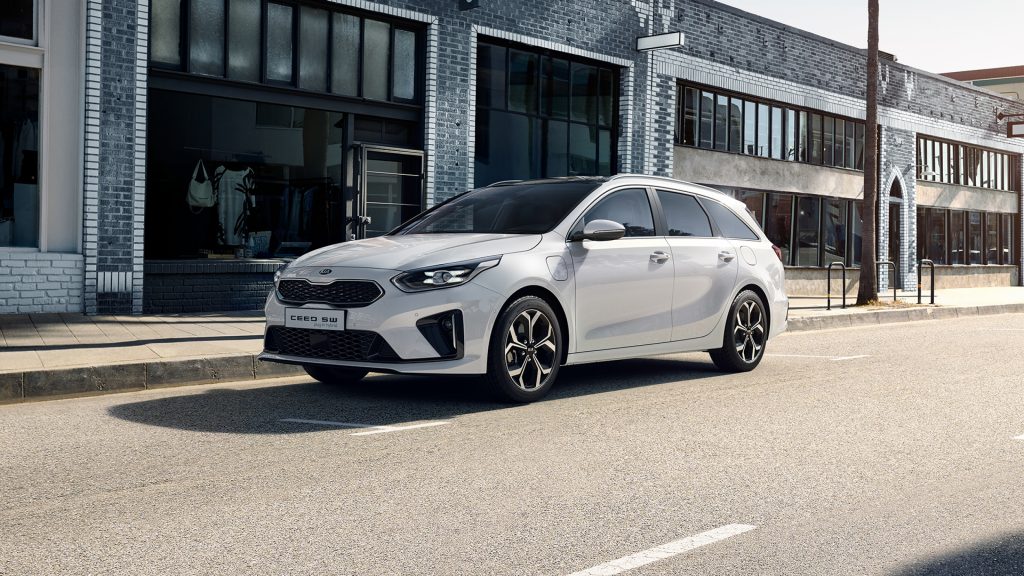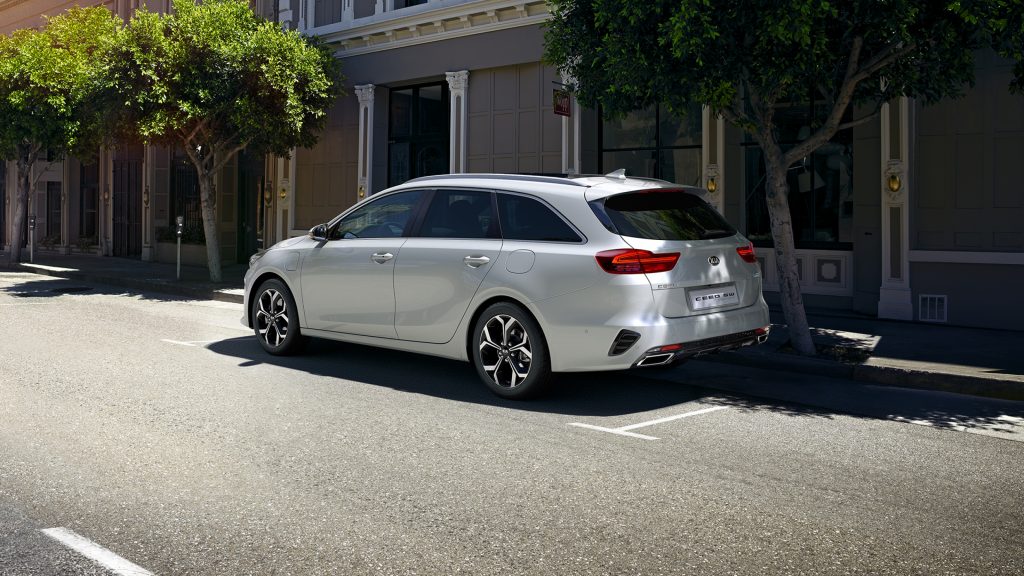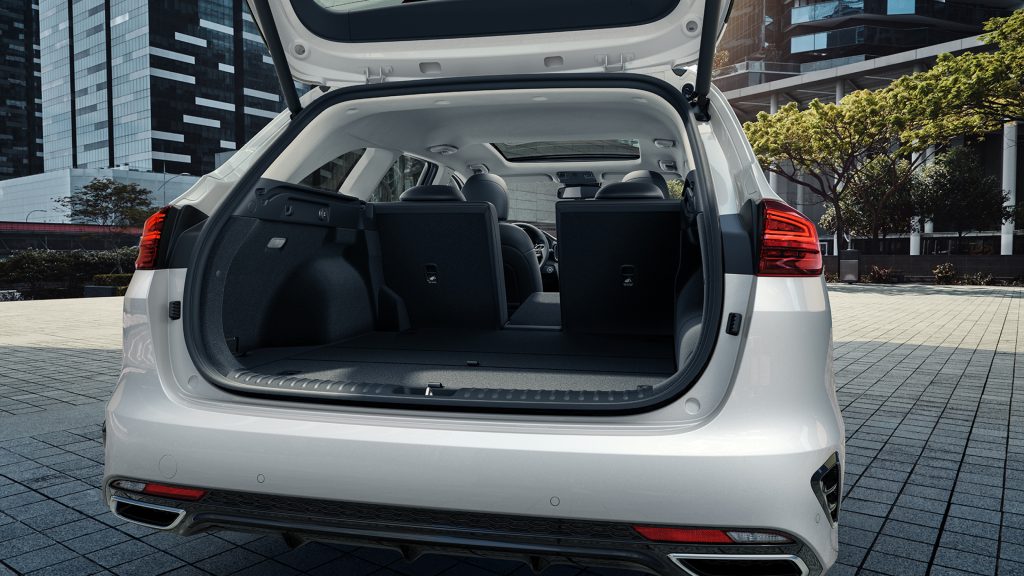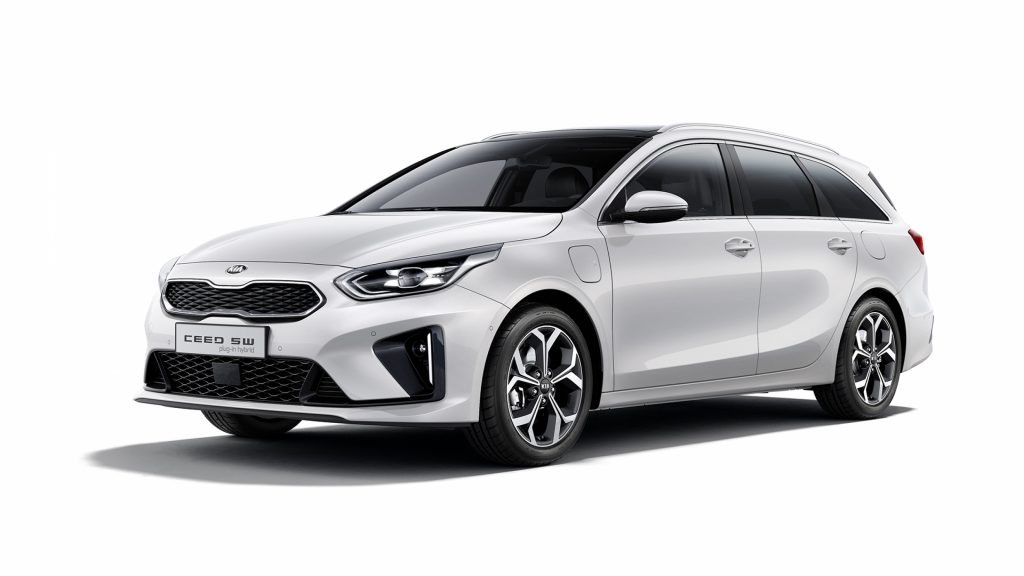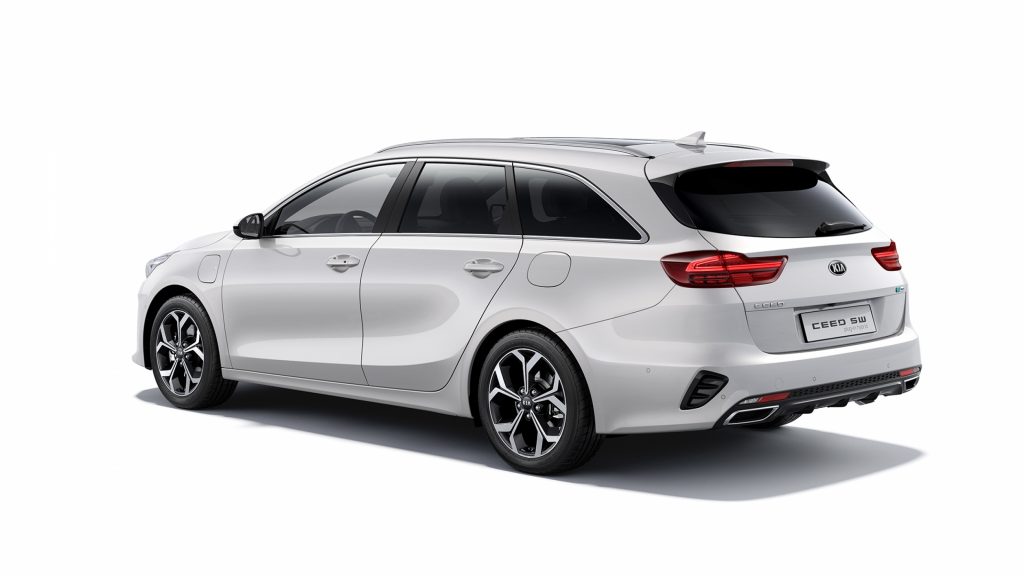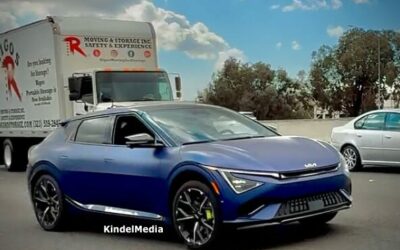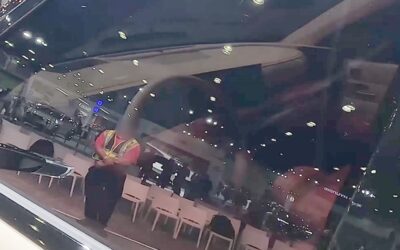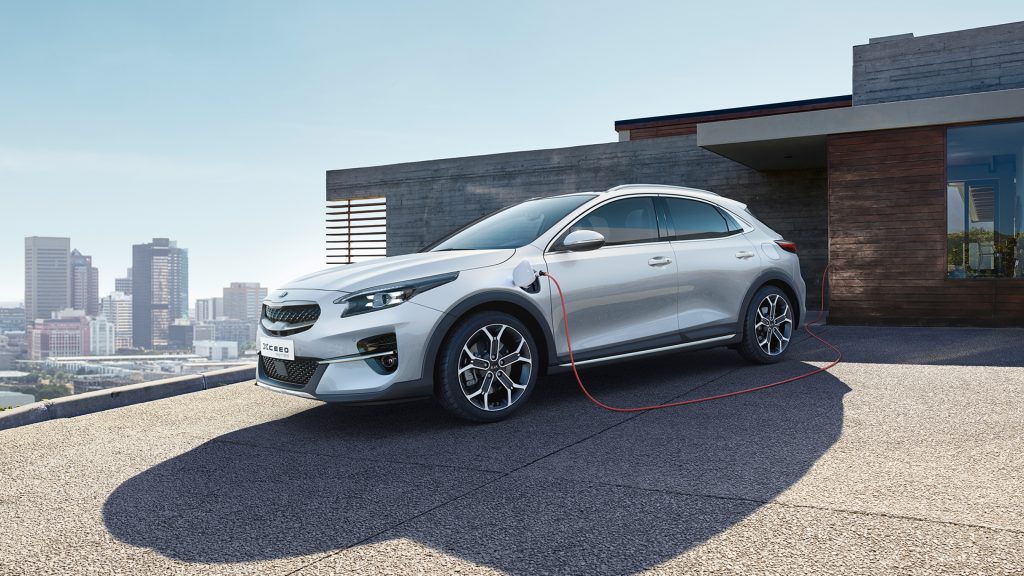
Kia Motors has taken the next step in its vehicle electrification strategy with the unveiling of new Plug-in Hybrid variants of the Kia XCeed and Ceed Sportswagon.
[ads id=”9″]
Due to go on sale across Europe at the beginning of 2020, the two new low-emissions models represent the first time Kia has brought electrified powertrains to the compact family segment.
Emilio Herrera, Chief Operating Officer at Kia Motors Europe, commented: “These two models represent an important next stage for Kia as we introduce advanced, next-generation powertrains to our wider vehicle line-up. Sales of the new Ceed range have grown 40.1 per cent year-on-year in the first half of 2019, and new Plug-in Hybrid variants will further widen the appeal of the line-up.
“In the first half of 2019, electrified models accounted for around one in seven Kia cars sold in Europe, a trend which is only accelerating,” Herrera added. “While other brands talk about their future plans for electrification, Kia has already launched a whole range of electrified vehicles. Our line-up of mild-hybrid, hybrid, plug-in hybrid and electric cars now provide buyers with more choice and lower running costs across multiple segments.”
The Kia XCeed and Ceed Sportswagon Plug-in Hybrid will be built in Žilina, Slovakia – the first plug-in models built by the brand in Europe. Kia’s unrivalled seven-year, 100,000-mile warranty are offered as standard, extending to cover the new powertrain’s battery pack and motor. Built exclusively for Europe, sales of these new models will commence at the beginning of 2020. UK specification, pricing and on-sale date will be announced in due course.
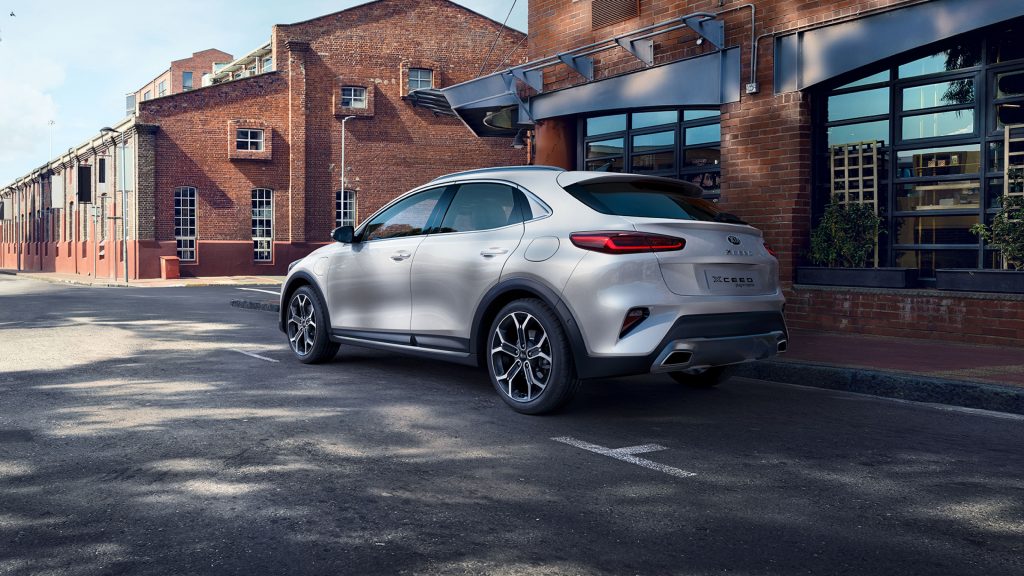
Plug-in power with low emissions and all-electric driving capability
The new Kia XCeed and Ceed Sportswagon Plug-in Hybrids offer a compelling alternative to conventional petrol and diesel models. The new powertrain combines an 8.9 kWh lithium-polymer battery pack, a 44.5 kW electric motor, and an efficient 1.6-litre ‘Kappa’ four-cylinder GDI (gasoline direct injection) engine. The powertrain’s total power and torque output is 139 bhp (141 ps) and 265 Nm, enabling the Ceed Sportswagon to accelerate from 0-to-100 kph in 10.8 seconds, and the Kia XCeed in 11.0 seconds.
The powertrain is paired with a six-speed dual-clutch auto transmission (6DCT), allowing drivers to shift gear for themselves, ensuring a more enjoyable drive than other hybrid vehicles equipped with electronic continuously-variable transmissions (e-CVT). Traditional e-CVT hybrids convert a portion of engine output through the electric motor, resulting in power losses from energy conversion. Kia’s 6DCT differs by allowing the full output of both the engine and motor to be transferred in parallel through the transmission, with minimal loss of energy.
[ads id=”8″]
Standard regenerative braking technology allows the new Plug-in Hybrid models to harvest kinetic energy and recharge their battery packs while coasting or braking, further enhancing the overall efficiency of the powertrain.
Kia is targeting an all-electric range of around 60 kilometres for both vehicles, enabling drivers to complete the majority of daily drives and short commutes on electric power alone. CO2 emissions for the new Plug-in Hybrid variants are pending homologation and will be revealed prior to start-of-sales.
Both vehicles are equipped with Kia’s new Virtual Engine Sound System, an audible warning system which activates in electric-only mode at low speeds or when reversing. The system generates virtual sound levels of up to 59 dBA to safely notify pedestrians of the car’s presence.
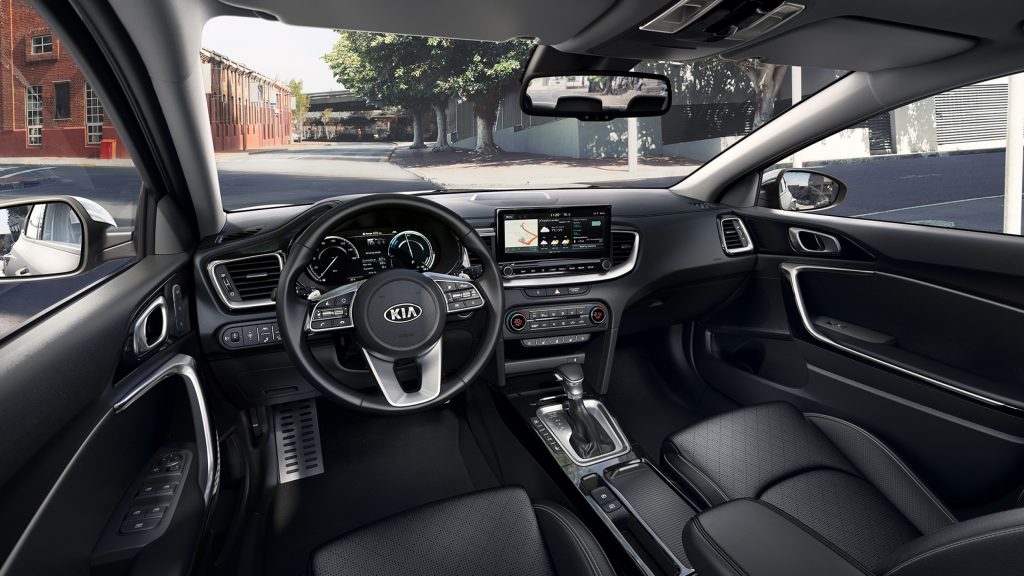
New design features and interior technologies to differentiate Plug-in Hybrid models
Both new models feature their own distinctive design features to differentiate them from other petrol and diesel models in the Kia XCeed and Ceed Sportswagon line-ups.
Each car has a new closed ‘tiger-nose’ grille at the front of the car to aid aerodynamic efficiency, and Sportswagon models feature distinct ‘eco plug-in’ exterior badges. The charging port is integrated into the left front wing of each car. Equipped as standard with 16-inch aluminium alloy wheels, each model gets its own new wheel design, and optional 17-inch wheels (Ceed Sportswagon) and 18-inch wheels (Kia XCeed) are available. The Ceed Sportswagon is specially fitted with bumpers from the Ceed Sportswagon GT-Line models, aiding air flow and providing a sportier overall appearance.
Inside, the sporty cabin design retains the same driver-oriented dashboard, low seating position and everyday ergonomics of the existing Ceed line-up. However, the new Plug-in Hybrid models feature a range of new functionalities to enhance usability for owners looking to extract the most out of the new powertrain.
Both vehicles are equipped with a charging indicator, a visual aid to tell owners that their car is charging or when the battery is fully-charged. Its location on top of the dashboard means drivers can instantly ascertain the car’s state of charge at a glance from outside the car (for instance, when it is parked on their driveway at home and the owner hasn’t left the house yet).
Both cars offer Kia’s 8.0-inch touchscreen infotainment, or an optional 10.25-inch touchscreen infotainment and navigation system with Kia’s UVO Connect telematics. Unique to the new Plug-in Hybrid variants, the systems incorporate new functionality to help owners locate available charging points in their vicinity, or en route to their navigation destination. The screens can show relevant information relating to the powertrain, displaying remaining charge levels in the battery and energy usage graphics. Owners can use the touchscreen system to schedule when their vehicle should charge when plugged in at home, enabling owners to take advantage of cheaper off-peak energy tariffs. Both infotainment systems offer Apple CarPlay™ and Android Auto™ as standard, while the optional 10.25-inch touchscreen navigation system features Bluetooth® multi-connection, enabling occupants to connect two mobile devices at once.
[ads id=”8″]
The instrument cluster features unique visuals for the Plug-in Hybrid powertrain, displaying remaining charge levels, anticipated electric-only range and the flow of energy between the battery pack, engine and electric motor. Available as an option, Kia’s new fully-digital 12.3-inch ‘Supervision’ instrument cluster is designed to deliver information as clearly as possible with a range of unique graphics displays. The high-resolution 1920×720-pixel Supervision display replaces conventional speedometer and tachometer dials currently found in the brand’s passenger cars with a single, seamless display.
The ‘Driver Only’ heating, ventilation and air-conditioning system – activated with a new button on the dashboard – instantly deactivates airflow to all cabin vents except those nearest the driver. This is designed to reduce the draw on battery energy from the ventilation system, while still keeping the driver at their preferred temperature. Unlike conventional ventilation systems, Kia’s ‘Driver Only’ system doesn’t simply restrict airflow to certain vents, rerouting it elsewhere; instead, it switches off the fans themselves, reducing energy use at source.
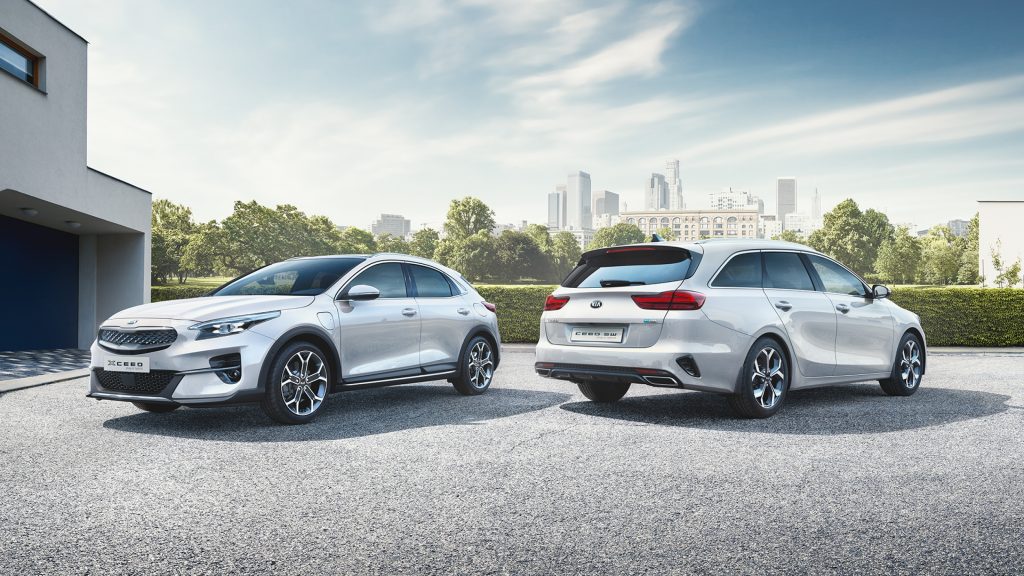
Intelligent powertrain packaging and everyday usability
The Ceed model line-up was engineered from the start to accommodate new hybrid powertrains. This means that the adoption of a Plug-in Hybrid powertrain in the Kia XCeed and Ceed Sportswagon has had a minimal impact on packaging, with the structure adapted from the start to contain the powertrain’s battery pack.
The 8.9 kWh battery pack is located alongside the 37-litre fuel tank beneath the rear bench, unlike many other plug-in hybrid vehicles, in which the battery pack takes up valuable cargo space. As a Plug-in Hybrid, the Ceed Sportswagon – the most practical iteration of the Ceed range – provides 437 litres of luggage space, and up to 1,506 litres with the 40:20:40 split-fold rear seats folded down. Luggage capacity in the Kia XCeed Plug-in Hybrid is 291 litres, growing to 1,243 litres with the rear folded down. There is a dedicated space beneath the boot floor of each car to store the charging cable when not in use.
Both models will be available with an optional Towing Pack for towing braked loads – a rarity among cars in the hybrid class.
[ads id=”8″]

